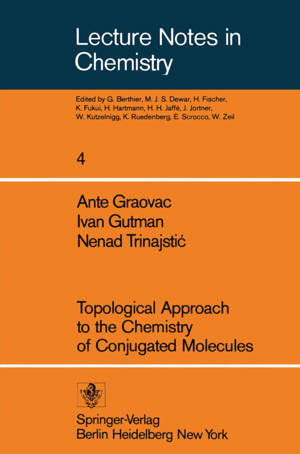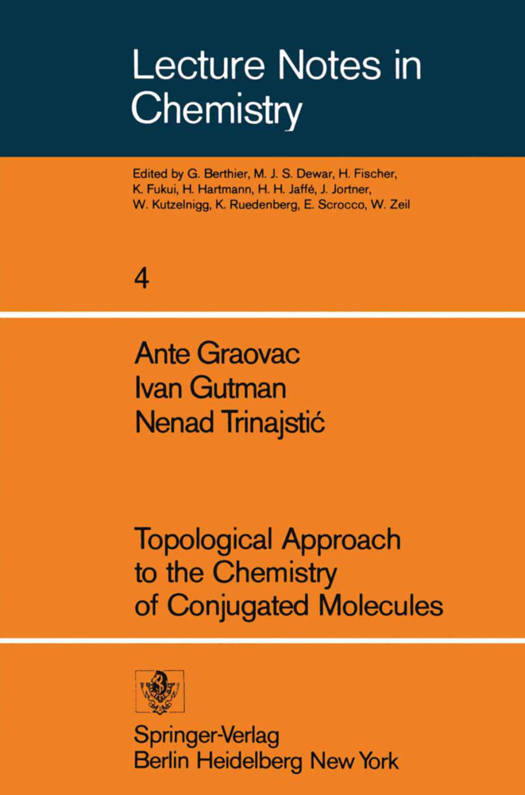
- Afhalen na 1 uur in een winkel met voorraad
- Gratis thuislevering in België vanaf € 30
- Ruim aanbod met 7 miljoen producten
- Afhalen na 1 uur in een winkel met voorraad
- Gratis thuislevering in België vanaf € 30
- Ruim aanbod met 7 miljoen producten
Zoeken
€ 52,95
+ 105 punten
Omschrijving
"The second step is to determine constitution, Le. which atoms are bonded to which and by what types of bond. The result is ex- pressed by a planar graph (or the corresponding connectivity mat- rix) ---- In constitutional formulae, the atoms are represented by letters and the bonds by lines. They describe the topology of the molecule." VLADIMIR PRELOG, Nobel Lecture, December l2;h 1975. In the present notes we describe the topological approach to the che- mistry of conjugated molecules using graph-theoretical concepts. Con- jugatedstructures may be conveniently studied using planar and connec- ted graphs because they reflect in the simple way the connectivity of their pi-centers. Connectivity is important topological property of a molecule which allows a conceptual qualitative understanding, via a non- numerical analysis, of many chemical phenomena or at least that part of phenomenon which depends on topology. This would not be possible sole- ly by means of numerical (molecular orbital) analysis.
Specificaties
Betrokkenen
- Auteur(s):
- Uitgeverij:
Inhoud
- Aantal bladzijden:
- 124
- Taal:
- Engels
- Reeks:
- Reeksnummer:
- nr. 4
Eigenschappen
- Productcode (EAN):
- 9783540084310
- Verschijningsdatum:
- 1/08/1977
- Uitvoering:
- Paperback
- Formaat:
- Trade paperback (VS)
- Afmetingen:
- 170 mm x 244 mm
- Gewicht:
- 226 g

Alleen bij Standaard Boekhandel
+ 105 punten op je klantenkaart van Standaard Boekhandel
Beoordelingen
We publiceren alleen reviews die voldoen aan de voorwaarden voor reviews. Bekijk onze voorwaarden voor reviews.











